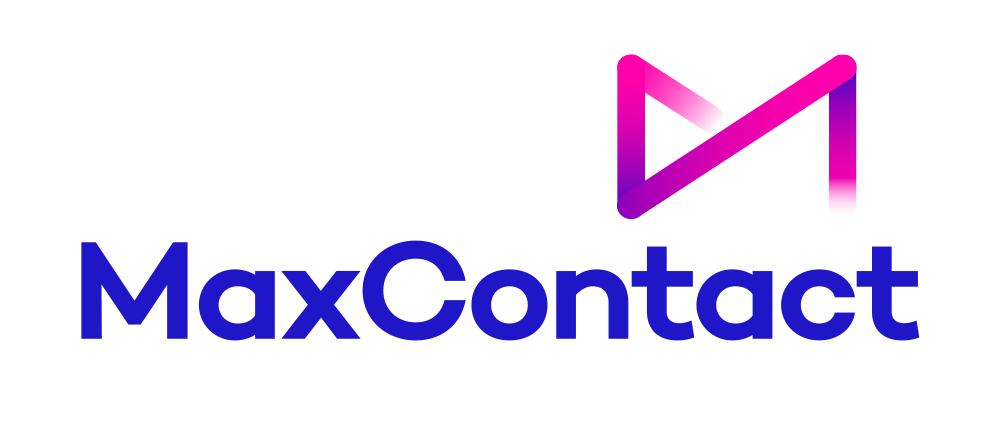Failure Demand
Failure demand refers to customer requests or inquiries that occur due to a failure to deliver a product or service as expected. When large or small businesses address failure demand effectively, they can:
- Enhance operational efficiency
- Reduce costs
- Improve the overall customer experience and satisfaction
Unlike value-added demand, which contributes to customer satisfaction and adds value to the business, failure demand results from issues such as errors, defects, or inefficiencies in processes.
What is Failure Demand?
Failure demand refers to customer requests or inquiries that arise as a result of a failure to deliver a product or service correctly the first time.
This type of demand often requires additional time, resources, and effort to address, leading to increased costs and decreased customer satisfaction.
Failure demands can be displayed in various forms, such as customer complaints, service rework, product returns, or requests for clarification or correction.
Identifying and addressing the root causes of failure demand is essential for businesses to improve operational efficiency, reduce costs, and enhance the customer experience.
What is an Example of Failure Demand?
An example of failure demand is when a customer contacts a company's customer service department to report a faulty product they received.
The customer's inquiry arises as a result of a failure in the company's manufacturing or quality control process, leading to the return of the item.
As a result, the company must provide resources to address the customer's complaint, such as arranging for a product return, providing a replacement, or issuing a refund.
This type of demand adds to the workload of the customer service team and may require additional time and effort to resolve, contributing to increased operating costs and decreased customer satisfaction.
Companies can reduce failure demand and improve overall product quality and customer experience by addressing the root cause of the product defect and implementing measures to prevent similar issues in the future
What is a Value Demand?
Value demand is the desire for a product based on its perceived worth compared to its cost. It's not just about needing something; it's about seeing its benefits and deciding if it's worth buying.
This includes things like quality, brand reputation, and how it makes you feel. For businesses, understanding value demand is important because it influences what people buy.
By offering products that match what people want and explaining why they're worth it, businesses can attract more customers. They can also adapt to changes in what people value over time, staying competitive and successful in the long run.
What is the Difference Between Failure Demand and Value Demand?
Failure demand and value demand represent two contrasting aspects of consumer behaviour and market dynamics. Failure demand refers to the demand generated as a result of failure within a system or process.
It occurs when customers seek resolution for problems, errors, or defects in products or services. This demand does not contribute positively to customer satisfaction or loyalty; instead, it reflects imperfections in quality, performance, or customer service.
Examples include warranty claims, returns, and customer complaints - all of which require resources to address but do not directly add value to the customer experience.
On the other hand, value demand is the desire for a product or service based on its benefits relative to its cost. It reflects the positive attributes that attract consumers, such as quality, functionality, brand reputation, and emotional appeal.
Value demand drives purchasing decisions and fosters customer satisfaction, loyalty, and repeat business.
Businesses that effectively meet value demand align their offerings with consumer preferences, communicate their value propositions clearly, and deliver products or services that fulfil customer needs and desires.
In summary, failure demand arises from faults or defects, while value demand comes from a product or service's perceived benefits and worth. Understanding and addressing both types of demand are essential for businesses to succeed in the market.






